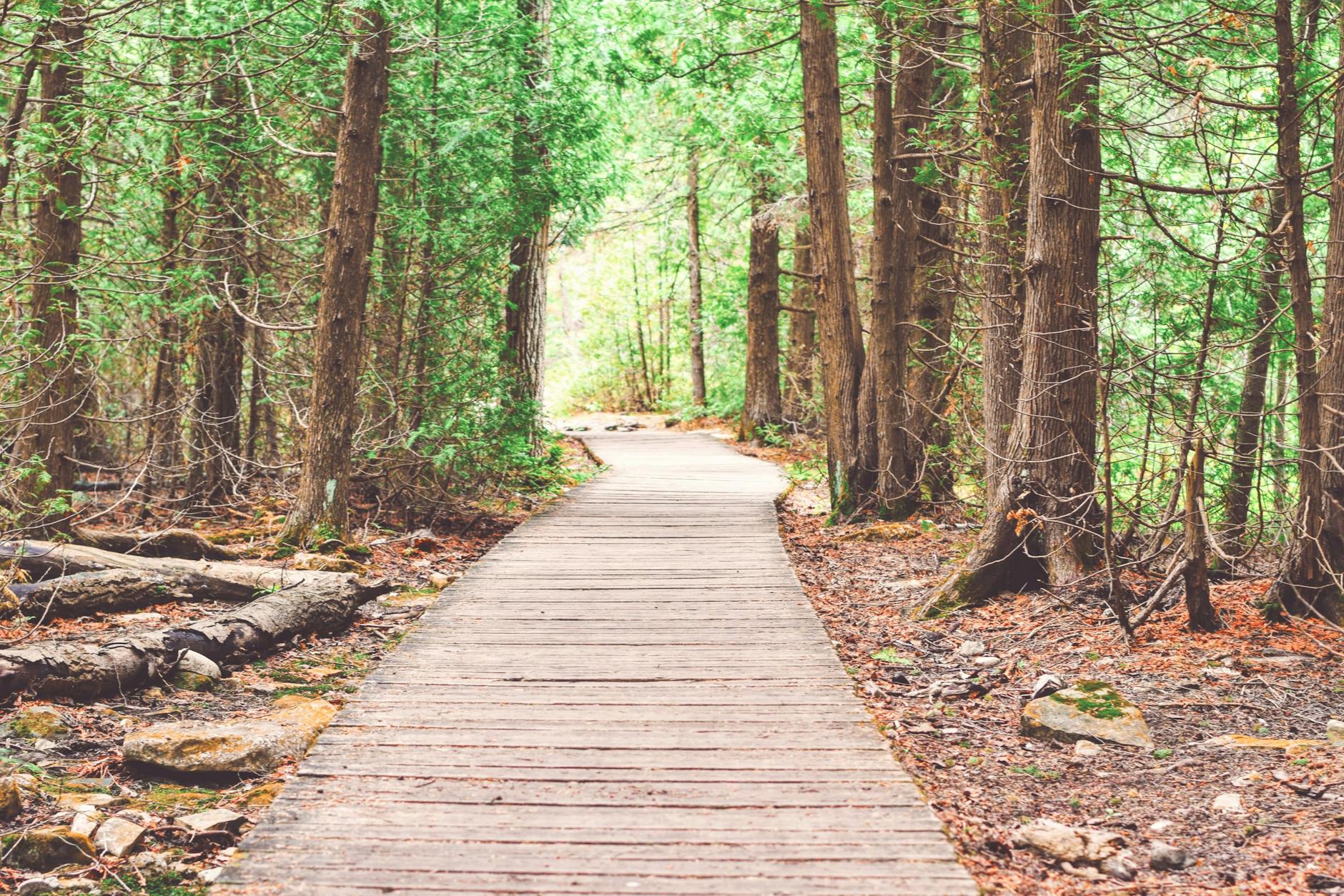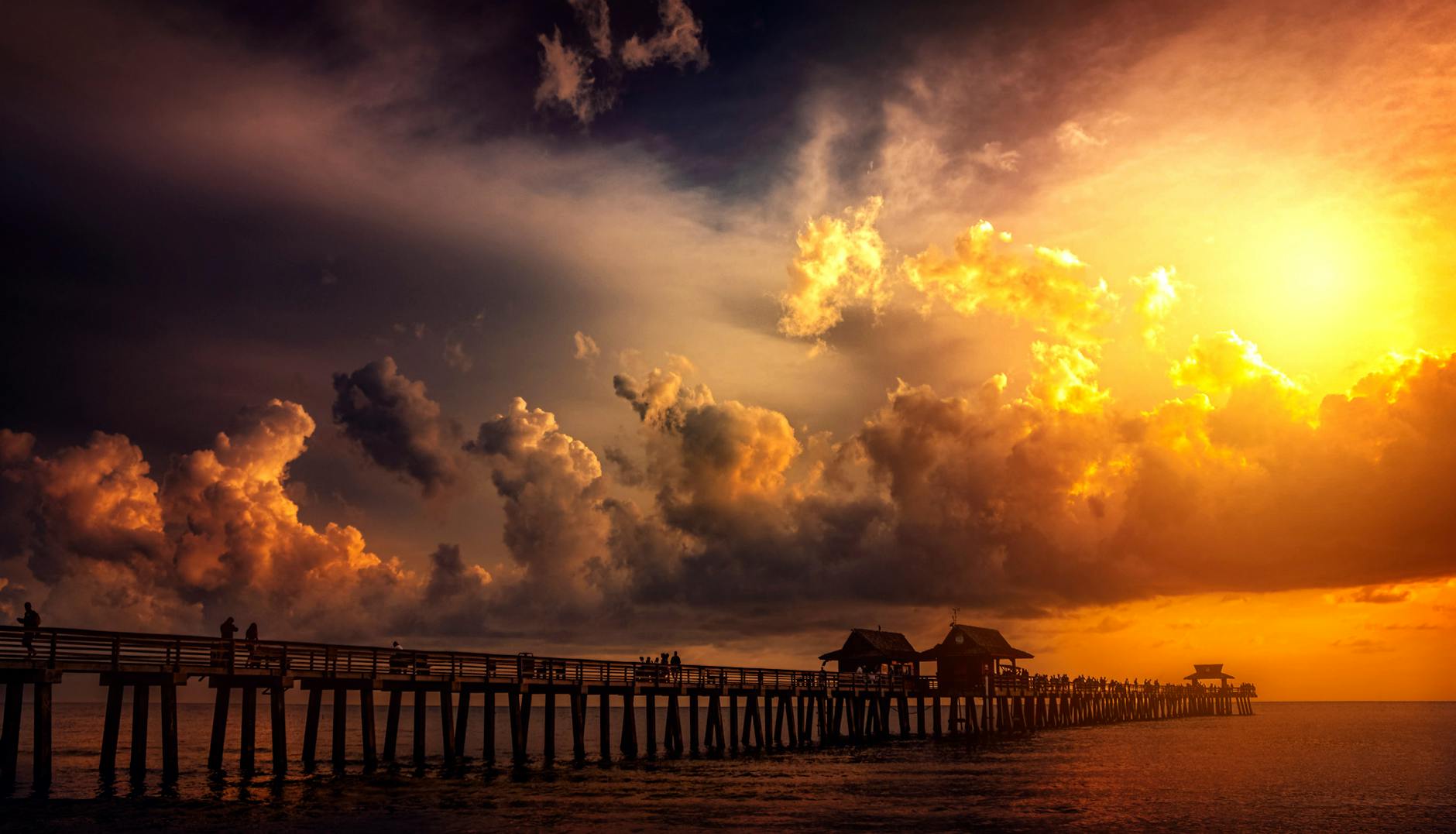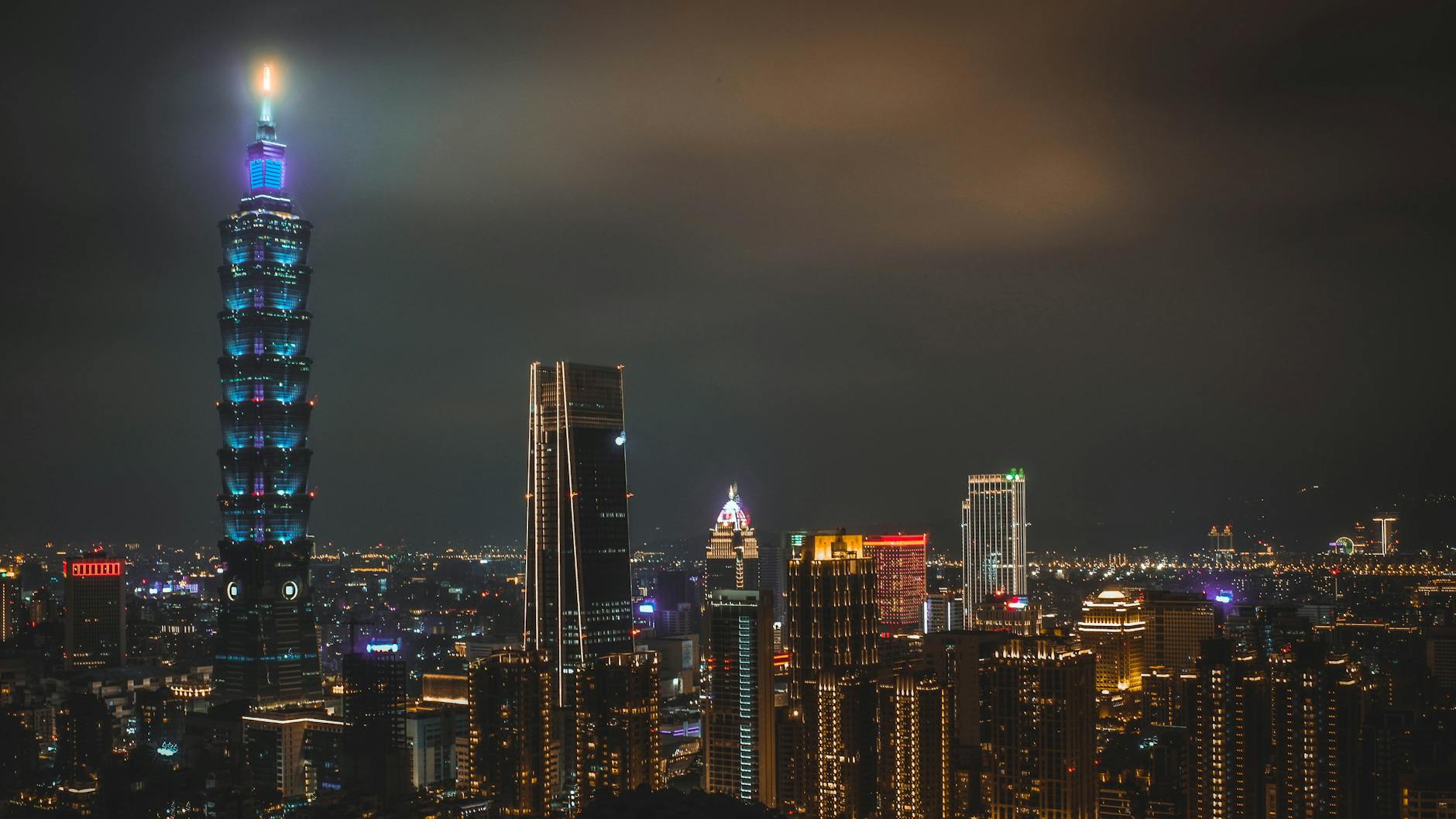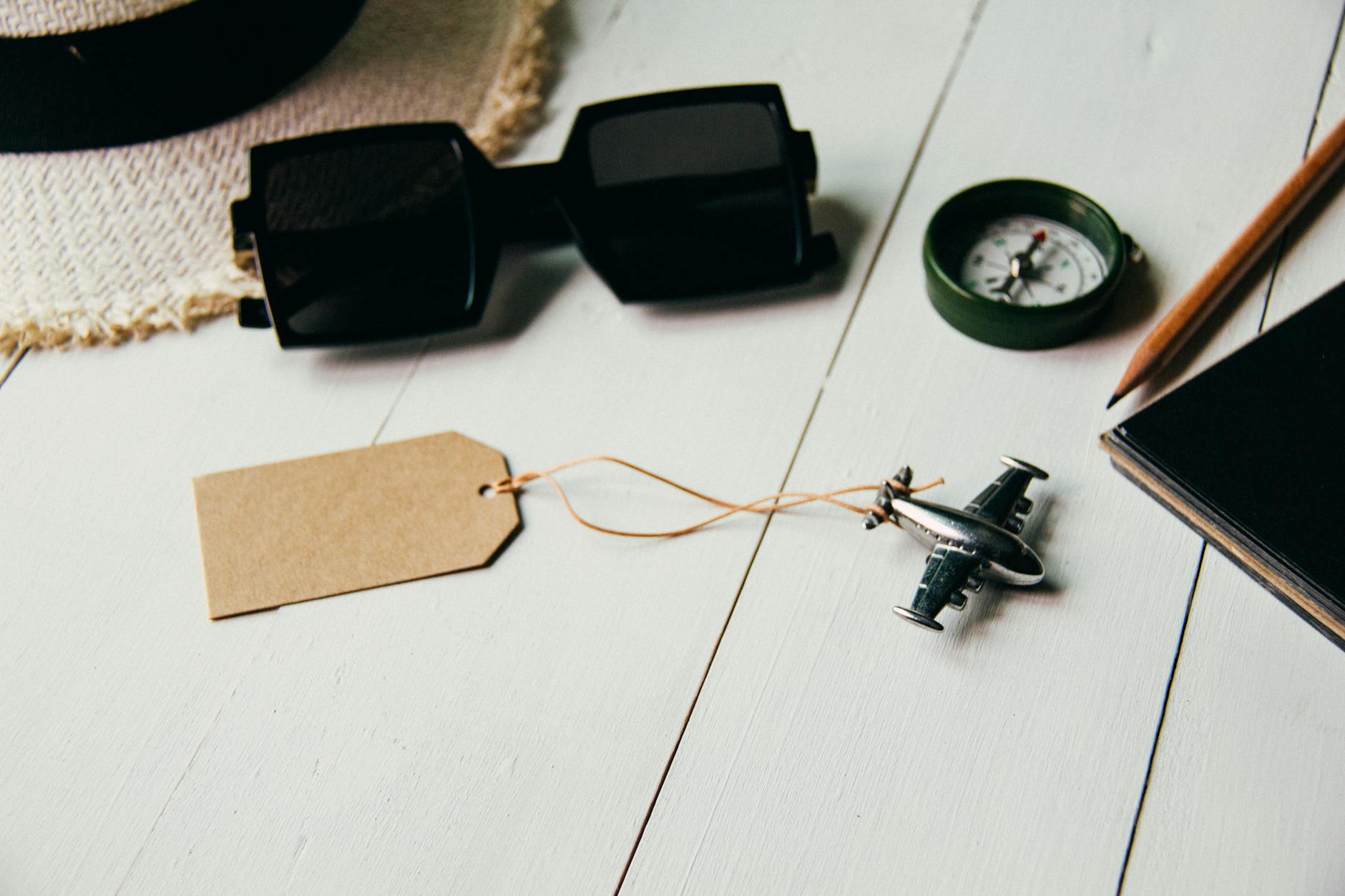How to Storyboard Your Australian Adventure for a Compelling Documentary

Planning Your Documentary
Creating a documentary is an art that involves weaving together stories, sights, and sounds into a cohesive narrative that captivates the audience. As I begin this film adventure, reminiscent of the cinematic events at the Australian Center for the Moving Image, my focus is on immersing viewers in journeys that echo real-life explorations, like the allure of South America tours or the breathtaking drama of Victoria Falls safari.
Defining Your Story
The backbone of any compelling documentary is its story. Here, I ponder the heart of my narrative, akin to a skilled director visualizing a film set against diverse backdrops. Life's stories—whether about the rich tapestry of Tanzania tours or the vibrant energy pulsing through Melbourne's Federation Square—offer countless narratives to explore.
Researching Locations
Selecting the perfect locations is akin to painting a vivid canvas with the earth's beauty. I delve into eco-conscious travel, considering the calming peace of the Royal Botanic Gardens Melbourne as a muse. This approach aligns with my dedication to sustainable storytelling, ensuring each location choice stands as a testament to the world’s enduring splendor.
Setting Clear Objectives
Establishing objectives ensures the narrative remains as focused as a camera capturing the intricate details of a scene. My objectives align with ethical storytelling, resonating with Jack's ideals of conscious exploration. These clear goals guide the production journey, ensuring that my documentary doesn’t merely depict but truly enlightens.
Each aspect of this planning stage serves as a foundational element, ensuring that the final product stimulates both thought and emotion, akin to a thought-provoking film piece.
Storyboarding Essentials
Crafting a Narrative Arc
Creating an engaging narrative arc is akin to composing a symphony where every note has its place. I often draw parallels between structuring a story and the rhythm found in the film exhibitions at the iconic Federation Square. Each piece of your narrative must play in harmony, setting the stage for your audience's journey. Begin with a compelling introduction, escalate through conflicts, and guide viewers to a satisfying resolution. Think about how you'd want your audience to feel, like being creatively charged after a cinematic event at the Australian Center for the Moving Image.
Visualizing Key Scenes
Visualizing key scenes is an exercise in imagination and precision, much like a detailed painting of the Royal Botanic Gardens Melbourne. When conceptualizing shots, I recommend sketching out scenes to envision how they will unfold on screen. What emotions do you want to evoke? How will each frame support your narrative? Imagine the vivid cues of an africa safari, capturing the mesmerizing wildlife in its natural habitat, adding depth and context to your story. This approach ensures your storytelling is both dynamic and visually captivating.
Organizing Story Elements
Organizing your story elements is crucial to maintaining a cohesive storyline. Break down your story into sections, each representing a chapter in your documentary's unfolding tale. It’s like arranging a series of interconnected short films, each contributing to a greater narrative. Consider using charts or digital tools to keep track of timelines, characters, and themes. Every element should seamlessly integrate to support your narrative structure, just as the sights of an african safari unify diverse landscapes into a single enchanting journey. This structure ensures your audience remains engaged, enhancing their cinematic experience.
Integrating Environmental Themes
Highlighting Sustainability
In crafting environmental narratives, I'm always inspired by the cinematic events held at the Australian Center for the Moving Image. These experiences echo the importance of not only telling powerful stories but doing so in a sustainable way. As a filmmaker, embedding sustainability into your narrative refines the authenticity of your work. To enhance this, consider visuals and scenes that demonstrate eco-friendly practices, be it solar-powered equipment or eco-conscious designs of set environments. It's crucial to create a visually engaging piece, depicting how sustainability runs throughout the filming process and beyond, resonating with the audience.
Showcasing Biodiversity
When venturing into the heart of Earth's untamed corners, like those featured in engaging film masterclasses, biodiversity emerges as the protagonist. Exploring and depicting the vibrant ecosystems, such as those found in polar expeditions, presents a raw and compelling narrative of nature's interconnectivity. By capturing the delicate dance between flora and fauna, your audience is transported into a world where every element plays a vital role. Highlight the contrasts and intertwining lives, emphasizing the vital importance of preserving such rich environments for future generations.
Promoting Ethical Travel
As we draw creative inspiration from resources like the Royal Botanic Gardens Melbourne, the ethos of ethical travel forms another chapter in our storytelling. Incorporating insights from organizations like tailormade africa, you can present travel as a partnership between the traveler and the environment. This means showcasing community-led initiatives and eco-tourism, encouraging an exploration that respects local cultures and minimally impacts natural habitats. By bringing these themes to the forefront, you offer your audience a narrative full of purpose and respect for the world we inhabit.
Filming in Australia
Selecting Unspoiled Locations
As I envision my next cinematic project, I draw inspiration from the vibrant narrative of Melbourne's Federation Square film exhibitions. The pursuit of untouched landscapes not only enhances my cinematography but also brings me closer to eco-conscious storytelling. Australia, with its diverse terrain, offers a tapestry of unspoiled locations that beg to be explored through the lens. Think of the enchanting coastal fringes of southern Australia and the serene expanses of the outback. Each frame captures the essence of landscapes that remain unspoiled by time.
Collaborating with Local Experts
To ensure an authentic portrayal, collaboration with local experts is indispensable. Their insights impart a depth and richness that transforms standard footage into an evocative masterpiece. I compare this collaboration to the communal spirit found at the cinematic events of the Australian Center for the Moving Image. Harnessing the knowledge of those who understand the land intimately can guide filmmakers through everything from identifying key locations to respecting cultural narratives intrinsic to the area. The inclusion of a tailormade South America approach, where tours incorporate local expertise, perfectly aligns with this method.
Overcoming Filming Challenges
Despite the grandeur of filming in untouched areas of Australia, challenges abound. The unpredictable weather, accessibility issues, and equipment sustainability can all pose hurdles. It's essential to embrace these challenges with resilience and creativity, reminiscent of drawing on the creative inspiration from the Royal Botanic Gardens Melbourne. By harnessing innovative techniques and robust planning, one can overcome these barriers. Film-making in such remarkable locales thus remains a testament to both technical skill and artistic vision.
Whether you're planning Namibia tours or local Australian shoots, each project embodies a commitment to capturing stories that resonate with diverse audiences and preserve the integrity of our planet.
Unveiling the Heart of Documentary Film-making
Indigenous Respect in Frame
Capturing a documentary’s essence often involves delving into the rich tapestry of cultures. Yet, we must tread gently around these narratives. Ignoring cultural sensitivities can result in a distorted portrayal, much like missing a crucial scene in an otherwise compelling film. Imagine immersing yourself at the iconic Federation Square film exhibitions, absorbing diverse ancestries and traditions through artifacts. It's crucial to acknowledge traditional custodians of the land and obtain proper permissions. By engaging with Indigenous communities, inviting their stories to unfold before your lens with authenticity and respect, you'll bring to life vibrant, diverse narratives that echo on screen.
Embracing Nature Without Harm
As filmmakers, we cultivate a deep relationship with the environment, akin to an artist with their palette. Overlooking the environmental impact is akin to leaving out a pivotal character in a story. When filming amidst Australia’s dramatic landscapes, from the serene beaches of Queensland to the awe-inspiring expanse of the outback, always ensure to minimize your ecological footprint. Utilize biodegradable materials and energy-efficient equipment to align with the themes of sustainability and carbon 60 mix. At cinematic events at the Australian Center for the Moving Image, you'll often encounter discussions on eco-friendly filmmaking, sparking ideas to tread lightly in your creative pursuits.
Beyond Picturesque Skylines
While the allure of Australia’s iconic scenic shots can be intoxicating, focusing solely on glittering exteriors may overlook the soul of your story. The narrative should delve beyond visual splendor, drawing inspiration from the ever-evolving symphony at the Royal Botanic Gardens Melbourne. Balance aesthetic allure with compelling storytelling by incorporating unpredictable plotlines or unexpected elements. Consider weaving in powerful dialogues, evocative soundtrack harmonies, or the subtleties of human interaction that transform a simple sequence into an unforgettable cinematic masterpiece.


